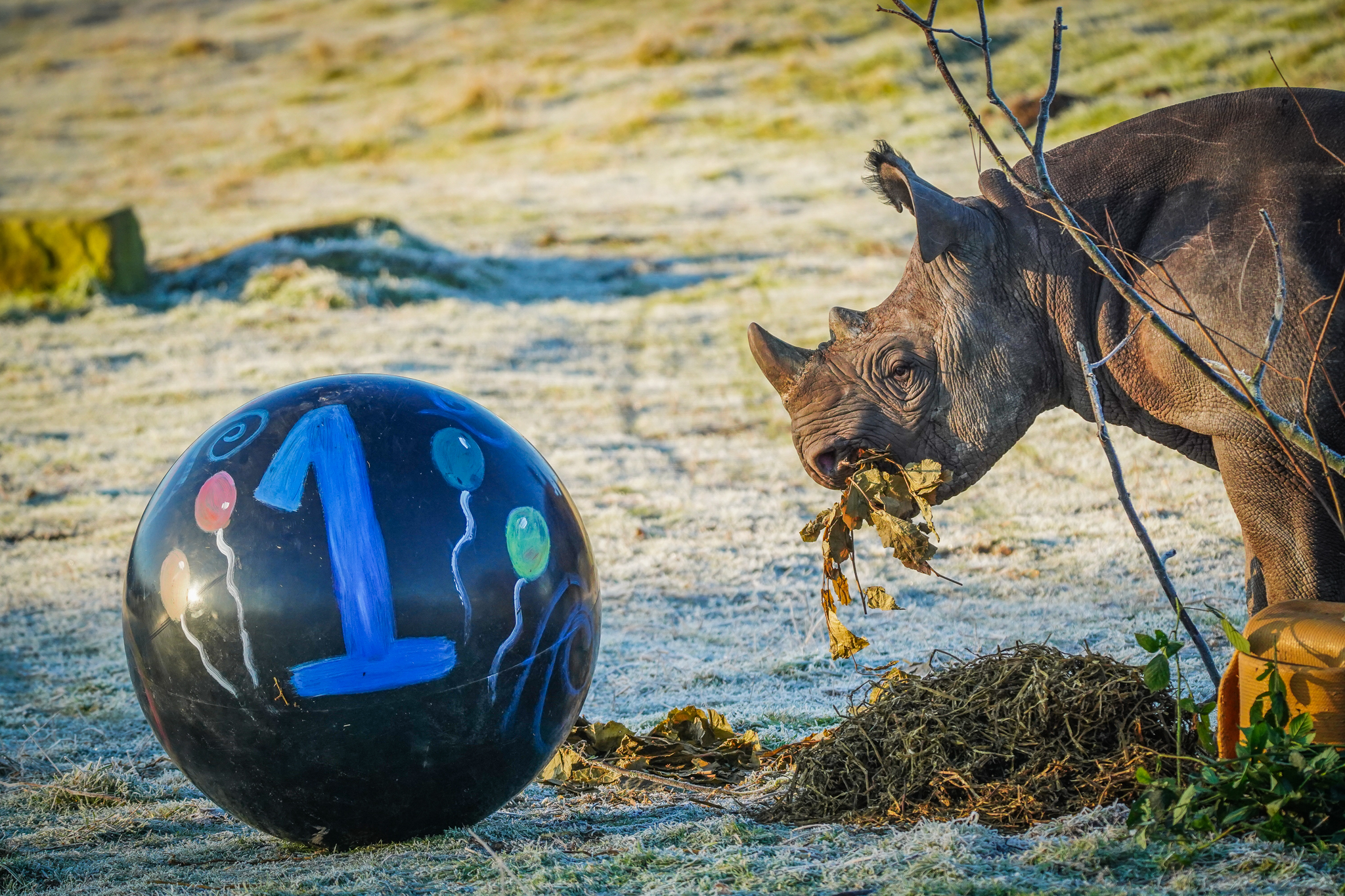Here at WildLife Foundation, a key date in our calendar is Polar Bear Week: our partners’ Polar Bears International’s annual event which raises awareness for the plight of Polar Bears and their habitat.
This year, Polar Bear week is all the more pertinent as it coincides with COP26, as the world works together to accelerate action towards the goals of the Paris Agreement and the UN Framework Convention on Climate Change.
Indeed, Polar Bear Week coincides with polar bear migration to Churchill, Manitoba, Canada, to wait for the sea ice to return so they can hunt their seal prey. This wait is three to four weeks longer than it was a few decades a go, straining the limits of the bears’ fat reserves. The cause of this melting sea ice? Climate change. This week, we consider our role in combatting climate change, particularly through our Polar Bear-focused projects, reflecting the goals of COP26.
Finance
 A key focus for COP26 is finance, specifically turning the use of both public and private finance towards climate investment. COP26 says: “To achieve our climate goals, every company, every financial firm, every bank, insurer and investor will need to change.” They also keen to ensure that richer countries support communities around the world – especially those in developing countries – to take climate action, adapt to climate change and move towards a greener economy.
A key focus for COP26 is finance, specifically turning the use of both public and private finance towards climate investment. COP26 says: “To achieve our climate goals, every company, every financial firm, every bank, insurer and investor will need to change.” They also keen to ensure that richer countries support communities around the world – especially those in developing countries – to take climate action, adapt to climate change and move towards a greener economy.
But what does this mean in practice? How can financial actions help communities affected by climate change?
Back in January of 2020, a Polar Bears International representative shared his experience of COP25. He recounted the testimony of young indigenous Alaskans, who reported climate change-caused challenges they were having to contend with on a daily basis: threats to traditional harvest, loss of access to cultural sites, and financial impacts to those who were forced to relocate in the face of eroding coasts and rising seas.
As we move towards COP 26, challenges like these are still a key issue for communities in locations affected by climate change. Adapting to the effects of climate change is not cheap: investment is needed to support them.
The grants that we provide here at WildLife Foundation show how, on a small scale, funding can help with adaptation. An example of this is Polar Bears International’s “Polar Bear Safety Colouring Book” project, for which we provided funding, supporting young people living in Polar Bear range states in coping with the increase in bears in areas where they live and play. You can read more about the project here.
Investments like this can be applied on a much larger scale by governments and larger corporations. Providing financial help to communities will ensure they can adapt to the significant difficulties that climate change can cause them
 Another level at which finance can play a role in mitigating the impacts of climate change is the use of funds for “green” investments (and, in addition, ensuring that money is NOT spent on non-green investments, such as those relating to fossil fuels). It is important that governments and large corporations support climate action when making financial decisions, as, whilst we can make changes to fight climate change at an individual level, significant, rapid, and long-lasting changes must be made at the highest level, as is the aim of COP26.
Another level at which finance can play a role in mitigating the impacts of climate change is the use of funds for “green” investments (and, in addition, ensuring that money is NOT spent on non-green investments, such as those relating to fossil fuels). It is important that governments and large corporations support climate action when making financial decisions, as, whilst we can make changes to fight climate change at an individual level, significant, rapid, and long-lasting changes must be made at the highest level, as is the aim of COP26.
If Polar Bears, and their arctic home, are to survive beyond the close of this century, it will be due to serious, significant decisions made by those in power today. We here at WildLife Foundation will be keeping a close eye on the developments of COP26. You can too, follow their Twitter account, or check out their website here. You can also follow the work of Polar Bears International here.











